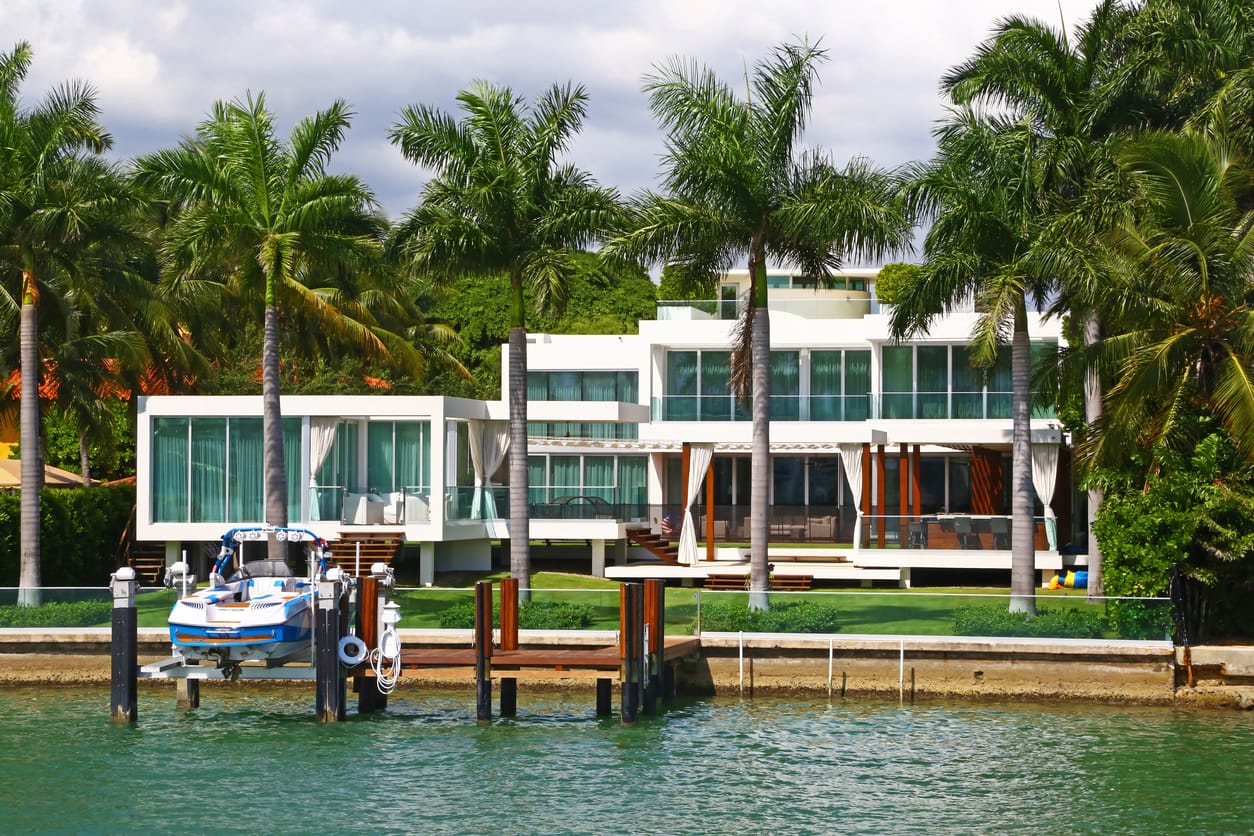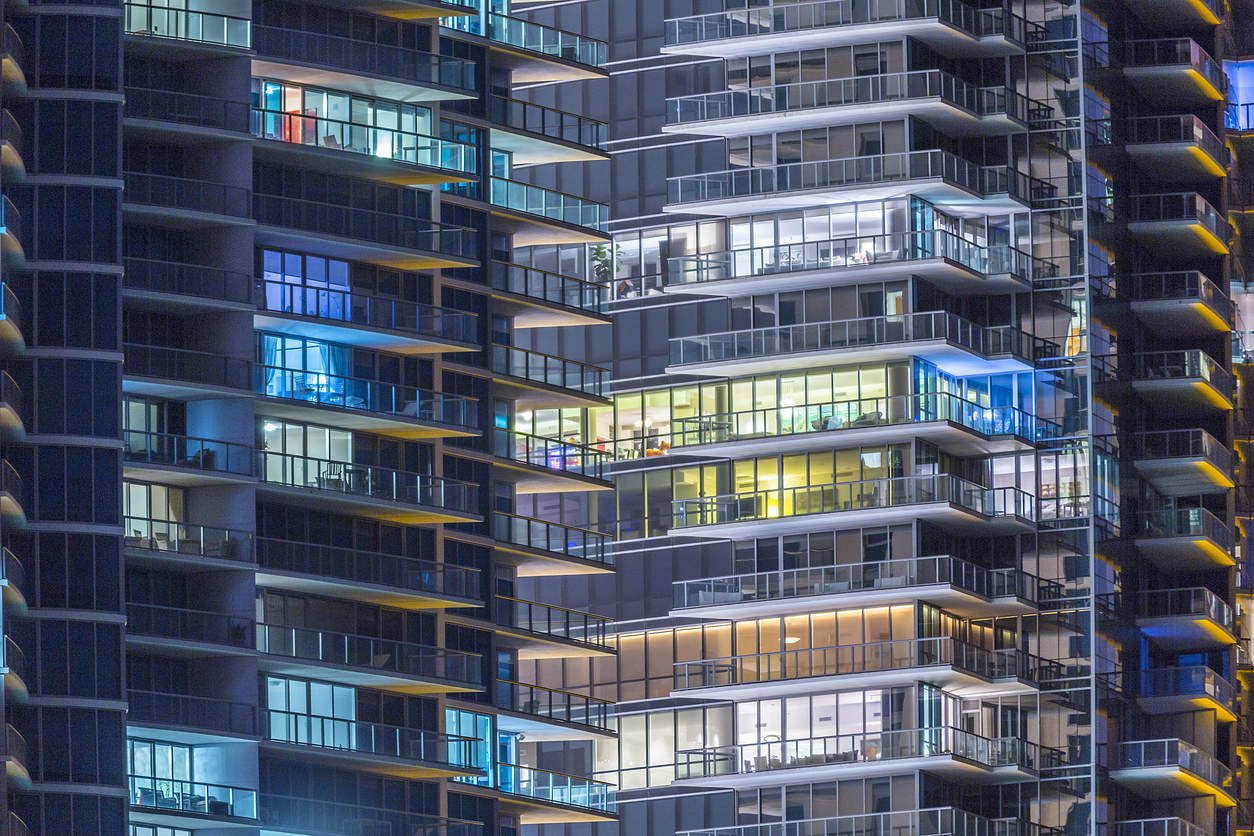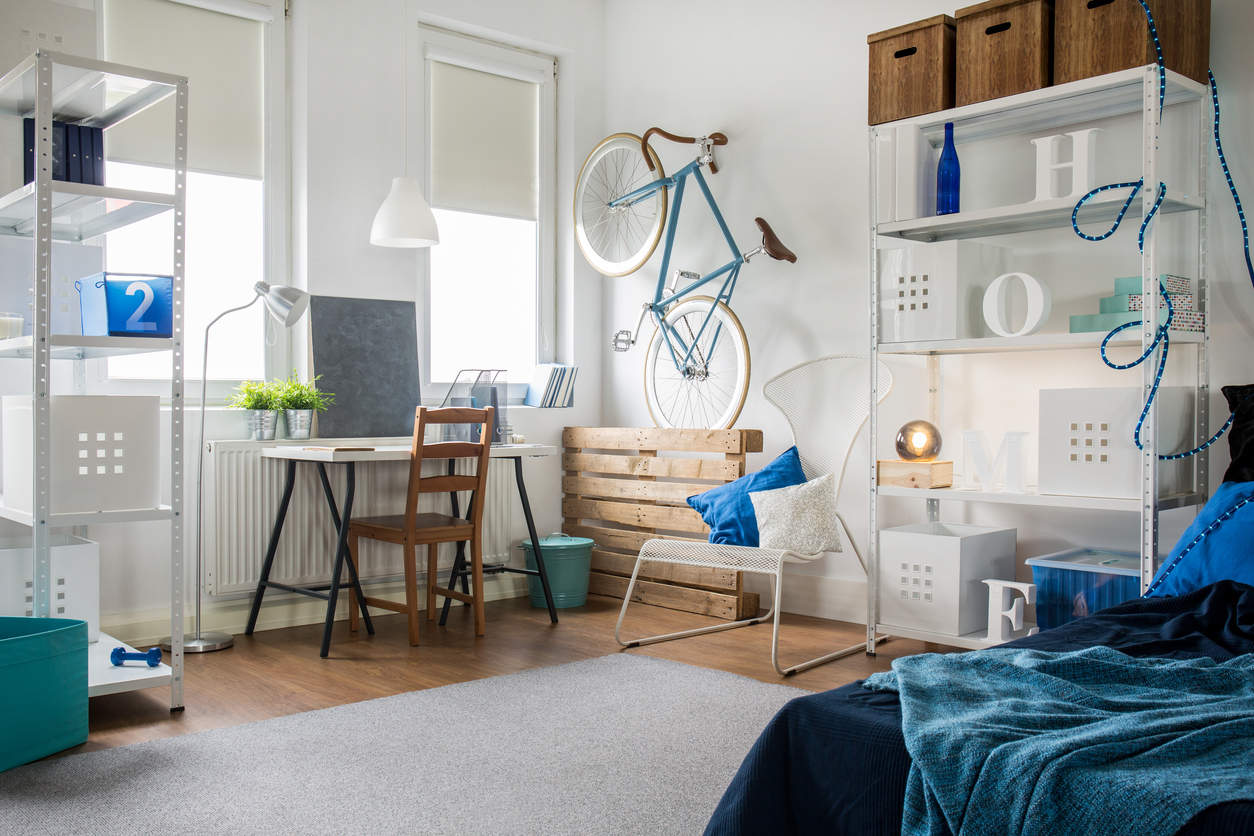The challenge of buying a home for the first time can seem so daunting that it’s tempting to either just go with the first place in your price range or continue to rent. To help you demystify the process and get the most out of the purchase, we’ll examine what you’ll need to consider before you buy, what you can expect from the buying process itself, and some handy tips to make life easier after you purchase your first home.
Who Is a First-Time Homebuyer?
U.S. Department of Housing and Urban Development (HUD), a first-time homebuyer is someone who meets any of the following conditions:
– An individual who has not owned a principal residence for three years. A spouse is also considered a first-time homebuyer if he or she meets the above criteria. If you’ve owned a home but your spouse has not, then you can purchase a place together as first-time homebuyers.
– A single parent who has only owned a home with a former spouse while married.
– A displaced homemaker who has only owned with a spouse.
– An individual who has only owned a principal residence not permanently affixed to a permanent foundation in accordance with applicable regulations.
– An individual who has only owned a property that was not in compliance with state, local or model building codes—and which cannot be brought into compliance for less than the cost of constructing a permanent structure.
Considerations Before You Buy
The first thing you’ll need to determine is what your long-term goals are and then how home ownership fits in with those plans. Some people are simply looking to transform all those “wasted” rent payments into mortgage payments that actually give them something tangible. Others see home ownership as a sign of their independence and enjoy the idea of being their own landlord. Narrowing down your big-picture homeownership goals will point you in the right direction. Here are five questions to ask yourself:
1. What type of home best suits your needs?
You have several options when purchasing a residential property: a traditional single-family home, a duplex, a townhouse, a condo, a co-op (housing cooperative) or a multi-family building with two to four units. Each option has its pros and cons, depending on your homeownership goals, so you need to decide which type of property will help you reach those goals. You can also save on the purchase price in any category by choosing a fixer-upper, although the amount of time, sweat equity and money involved to turn a fixer-upper into your dream home might be much more than you bargained for.
2. What specific features will your ideal home have?
While it’s good to retain some flexibility in this list, you’re making perhaps the biggest purchase of your life, and you deserve to have that purchase fit both your needs and wants as closely as possible. Your list should include basic desires, like neighborhood and size, all the way down to smaller details like bathroom layout and a kitchen that comes with trustworthy appliances.
3. How much mortgage do you qualify for?
Before you start shopping, it’s important to get an idea of how much a lender will actually be willing to give you to purchase your first home. You may think you can afford a $300,000 home, but lenders may think you’re only good for $200,000 depending on factors like how much other debt you have, your monthly income and how long you’ve been at your current job. In addition, many realtors will not spend time with clients who haven’t clarified how much they can afford to spend.
It’ll behoove you to make sure your personal finances are in order. Generally, in order to qualify for a home loan, you have to have good credit, a history of paying your bills on time and a maximum debt-to-income ratio of 43%. Lenders these days generally prefer to limit housing expenses (principal, interest, taxes and homeowners insurance) to about 30% of the borrowers’ monthly gross income, though this figure can vary widely, depending on the local real estate market.
Make sure to get pre-approved for a loan before placing an offer on a home: In many instances, sellers will not even entertain an offer that’s not accompanied with a mortgage pre-approval. You do this basically by applying for a mortgage and completing the necessary paperwork. It is beneficial to shop around for a lender and to compare interest rates and fees using a tool like a mortgage calculator or Google.
Once you’ve settled on a lender and applied, the lender will verify all of the financial information provided (checking credit scores, verifying employment information, calculating debt-to-income ratios, etc.). The lender can pre-approve the borrower for a certain amount. Be aware that even if you have been pre-approved for a mortgage, your loan can fall through at the last minute if you do something to alter your credit score, like finance a car purchase.
4. How much home can you actually afford?
On the other hand, sometimes a bank will give you a loan for more house than you really want to pay for. Just because a bank says it will lend you $300,000 doesn’t mean you should actually borrow that much. Many first-time homebuyers make this mistake and end up “house-poor” – meaning after they pay their monthly mortgage payment they have no funds left over for other costs, such as clothing, utilities, vacations, entertainment or even food.
Just like with the purchase of a new car, you’ll want to look at the house’s total cost, not just the monthly mortgage payments. Of course, that monthly payment is also important, along with how much down payment you can afford, how high the property taxes are in your chosen neighborhood, how much homeowners’ insurance will cost, how much you anticipate spending to maintain or improve the house, and how much your closing costs will be. If you’re interested in purchasing a condo, bear in mind you’ll have to pay maintenance costs monthly because you’ll be part of a homeowner’s association, which collects a couple hundred dollars a month from the owners of each unit in the building in the form of condominium fees. Co-op owners also pay monthly maintenance fees, though these are partially tax-deductible.
5. Do you have serious savings?
Even if you qualify for a sizeable mortgage, there will be considerable upfront costs (like the down payment on the home, typically 20% of the total purchase price) and closing costs too. So you need to have money put away. When it comes to investing with an eye toward purchasing a home — a short-term goal — one of the biggest challenges is keeping savings in an accessible, relatively safe vehicle that still affords a return. If you have one year to three years to realize your goal than a certificate of deposit may be a viable option. It’s not going to make you rich, but you aren’t going to lose money either. The same idea can be applied to purchasing a short-term bond or fixed income portfolio that will give you some growth, but also protect you from the tumultuous nature of the stock markets.
If the home purchase happens in six months to a year, then you are going to want to keep the money liquid. A high-yield savings account could be the best option. It’s important to make sure it is FDIC insured so that if the bank goes under you can still have access to your money up to $250,000.
6. Who will help you find a home and guide you through the purchase?
A real estate agent will help you locate homes that meet your needs and are in your price range, then meet with you to view those homes. Once you’ve chosen a home to buy, these professionals can assist you in negotiating the entire purchase process, including making an offer, getting a loan, and completing paperwork. A good real estate agent’s expertise can protect you from any pitfalls you might encounter during the process. Most agents receive a commission, paid from the seller’s proceeds.
The Buying Process
Now that you’ve decided to take the plunge, let’s explore what you can expect from the home buying process itself. This is a chaotic time with offers and counter-offers flying furiously, but if you are prepared for the hassle (and the paperwork), you can get through the process with your sanity more or less intact. Here is the basic progression you can expect:
1. Find a home.
Make sure to take advantage of all the available options for finding homes on the market, including using your real estate agent, searching for listings online and driving around the neighborhoods that interest you in search of for-sale signs. Also put some feelers out there with your friends, family and business contacts. You never know where a good reference or lead on a home might come from.
Once you’re seriously shopping for a home, don’t walk into an open house without having an agent (or at least being prepared to throw out a name of someone you’re supposedly working with). You can see how it might not work in your best interest to start dealing with a seller’s agent before contacting one of your own.
If you’re on a budget, look for homes whose full potential has yet to be realized. Even if you can’t afford to replace the hideous wallpaper in the bathroom now, it might be worth it to live with the ugliness for a while in exchange for getting into a house you can afford. If the home otherwise meets your needs in terms of the big things that are difficult to change, such as location and size, don’t let physical imperfections turn you away. First-time homebuyers should look for a house they can add value to, as this ensures a bump in equity to help them up the property ladder.
2. Consider your financing options and secure financing.
First-time homebuyers have a wide variety of options to help them get into a home — both those available to any purchaser, including Federal Housing Authority (FHA)-backed mortgages, and those geared especially to neophytes. Many first-time home buyer programs offer minimum down payments as low as 3% to 5% (vs. the standard 20%), and a few require no down payment at all.
First-timers should in particular:
Use HUD’s resource list. The FHA and its loan program is part of HUD.
Look to your IRA. For the purposes of the IRA distributions, a first-time home buyer is anyone who hasn’t owned a present interest in a primary residence mobile homes and house trailers, houseboats and stock held by a tenant-stockholder in a cooperative housing corporation) for the previous two years. Because each person has a $10,000 lifetime amount that can be withdrawn penalty-free from his or her IRA, a couple could withdraw a maximum of $20,000 ($10,000 from each account) combined to pay for their first home. Just be sure to use the money within 120 days or it becomes subject to the 10% penalty.
Illinois, Ohio and Washington—offer down payment assistance for first-time homebuyers who qualify. Typically, eligibility in these programs is based on income and may also have limits on how expensive a property can be purchased. Those who qualify may be able to receive financial assistance with down payments and closing costs as well as expenses to rehab or improve a property.
Know about Native American options. Native American first-time homebuyers can apply for a Section 184 loan. This loan requires a 1.5% loan up-front guarantee fee, and only a 2.25% down payment on loans over $50,000 (for loans below that amount, it’s 1.24%). Unlike a traditional loan’s interest rate being based on the borrower’s credit score, this loan’s rate is based on the prevailing market rate. Section 184 loans can only be used for single family homes (1-4 units) and for a primary residence.
Don’t be bound by loyalty to your current financial institution when seeking a pre-approval or searching for a mortgage: Shop around, even if you only qualify for one type of loan. Fees can be surprisingly varied, as can mortgage interest rates, which of course have a major impact on the total price you pay for your home.
Some authorities also recommend you have a back-up lender. Qualifying for a loan isn’t a guarantee your loan will eventually be funded: Underwriting guidelines shift, lender risk-analysis changes and investor markets can alter. There can be cases of clients signing loan and escrow documents, and then being notified 24 to 48 hours before the closing that the lender froze funding on their loan program. Having a second lender that has already qualified you for a mortgage gives you an alternate way to keep the process on, or close to, schedule.
3. Make an offer.
Your real estate agent will help you decide how much money you want to offer for the house along with any conditions you want to ask for. Your agent will then present the offer to the seller’s agent; the seller will either accept your offer or issue a counter-offer. You can then accept, or continue to go back and forth until you either reach a deal or decide to call it quits.
Before submitting your offer, take another look at your budget. This time factor in estimated closing costs (which can total anywhere from 2% to 5% of the purchase price), commuting costs and any immediate repairs and mandatory appliances you may need before you can move in. And think ahead: It is easy to be ambushed by higher or unexpected utilities costs in your new larger home. You might request the energy bills from the past 12 months to get an idea of the average monthly cost.
If you reach an agreement, you’ll make a good-faith deposit and the process then transitions into escrow. Escrow is a short period of time (often about 30 days) where the seller takes the house off the market with the contractual expectation that you will buy the house — provided you don’t find any serious problems with it when you inspect it.
4. Obtain a home inspection.
Even if the home you plan to purchase appears to be flawless, there’s no substitute for having a trained professional inspect the property for the quality, safety and overall condition of your potential new home. You don’t want to get stuck with a money pit or with the headache of performing a lot of unexpected repairs. If the home inspection reveals serious defects that the seller did not disclose, you’ll generally be able to rescind your offer and get your deposit back. Negotiating to have the seller make the repairs or discount the selling price are other options.
5. Close or move on.
If you’re able to work out a deal with the seller, or better yet, if the inspection didn’t reveal any significant problems, you should be ready to close. Closing basically involves signing a ton of paperwork in a very short time period, while praying that nothing falls through at the last minute.
Things you’ll be dealing with and paying for in the final stages of your purchase may include having the home appraised (mortgage companies require this to protect their interest in the house), doing a title search to make sure that no one other than the seller has a claim to the property, obtaining private mortgage insurance or a piggyback loan if your down payment is less than 20%, and completing mortgage paperwork. Other closing costs can include loan-origination fees, title insurance, surveys, taxes and credit-report charges.
Congratulations New Homeowner … Now What?
You’ve signed the papers, paid the movers and the new place is starting to feel like home. Game over, right? Not quite. Homeownership costs extend beyond down payments and monthly mortgage payments. Let’s now examine some final tips to make life as a new homeowner more fun and secure.
1. Keep saving.
With homeownership comes major unexpected expenses, like replacing the roof or getting a new water heater. Start an emergency fund for your home so that you won’t be caught off-guard when these costs inevitably arise.
2. Perform regular maintenance.
With the large amount of money you’re putting into your home, you’ll want to make sure to take excellent care of it. Regular maintenance can decrease your repair costs by allowing problems to be fixed when they are small and manageable.
3. Ignore the housing market.
It doesn’t matter what your home is worth at any given moment except the moment when you sell it. Being able to choose when you sell your home, rather than being forced to sell it due to job relocation or financial distress, will be the biggest determinant of whether you will see a solid profit from your investment.
4. Don’t rely on making a killing on your home to fund your retirement.
Even though you own a home, you should still continue to save the maximum in your retirement savings accounts each and every year. Although it may seem hard to believe for anyone who has observed the fortunes some people made during the housing bubble, you won’t necessarily make a killing when you sell your house. If you want to look at your home as a source of wealth in retirement, consider that once you’ve paid off your mortgage, the money that you were spending on monthly payments can be used to fund some of your living and medical expenses in retirement.
SOURCE









